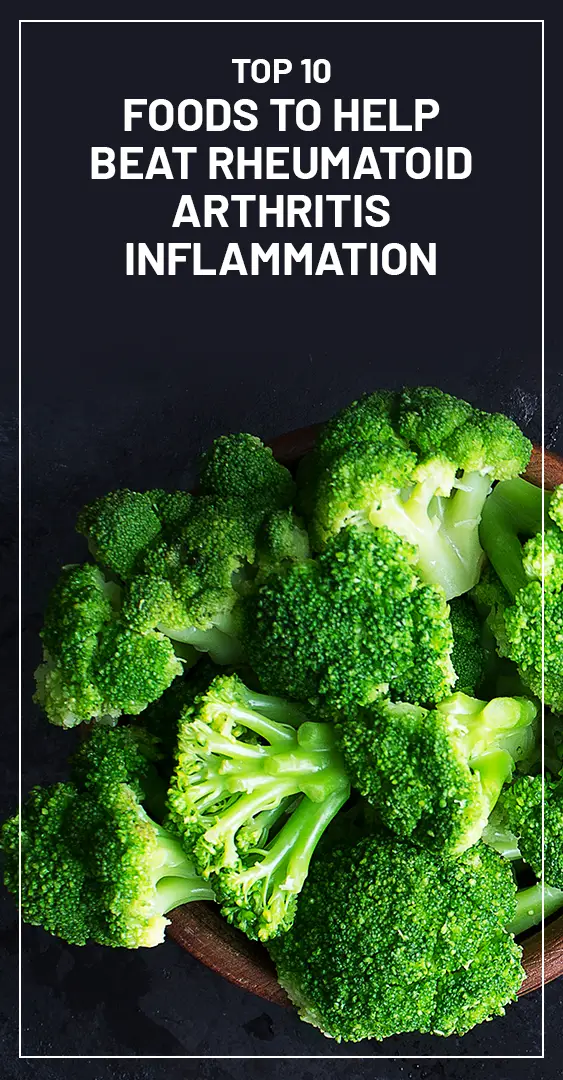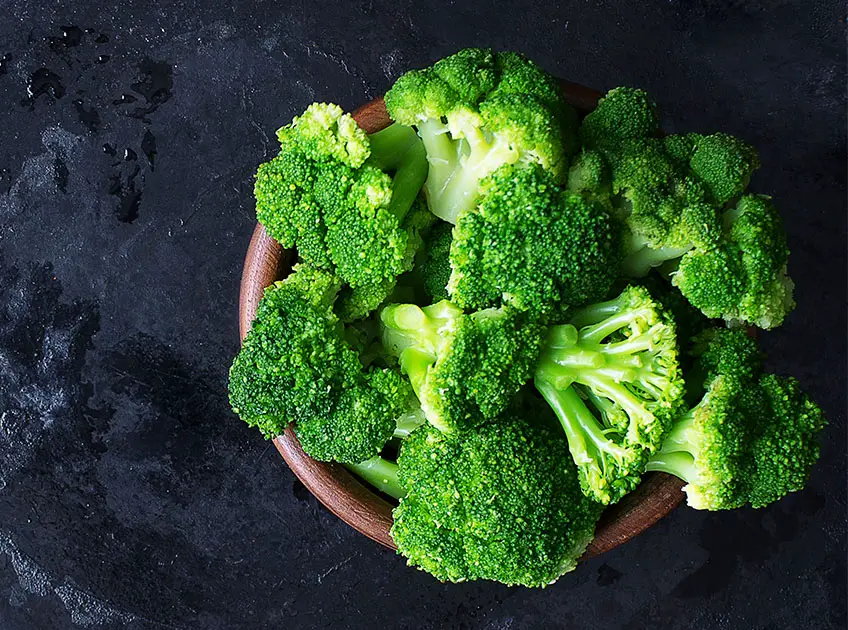
Important: This article is for informational purposes only. Please read our full disclaimer for more details.
If you have rheumatoid arthritis (RA), you know that this chronic autoimmune disease can cause pain, fatigue, and stiffness. The good news is that certain foods may help ease these RA symptoms. Here are seven of the best foods to eat if you have RA.
Foods to Help Beat Rheumatoid Arthritis
1. Fish
Fish is a great source of omega-3 fatty acids, which are known for their anti-inflammatory properties. In fact, research has shown that fish oil supplements can help reduce RA symptoms like morning stiffness, joint tenderness, and inflammation. Fatty fish like salmon, tuna, mackerel, and sardines are especially good sources of omega-3s.
2. Olive oil
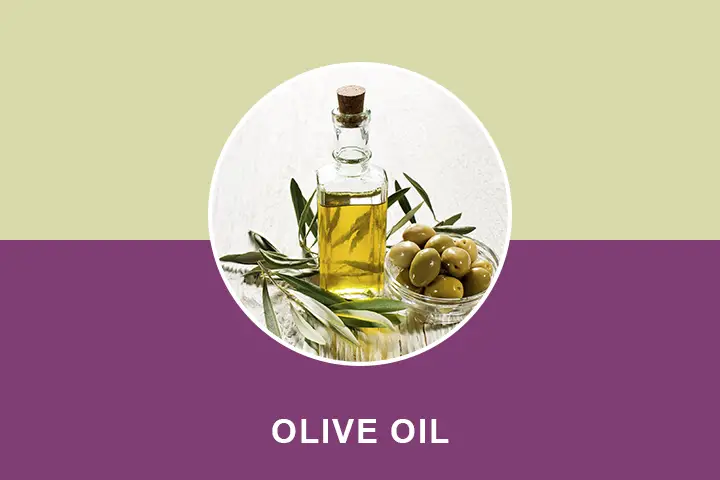
Like fish, olive oil is also high in anti-inflammatory omega-3 fatty acids. In addition, olive oil contains a type of fat called oleic acid, which has been shown to help reduce inflammation and pain in people with RA.
[ Recommended: Best Foods for a Healthy Brain ]
3. Broccoli
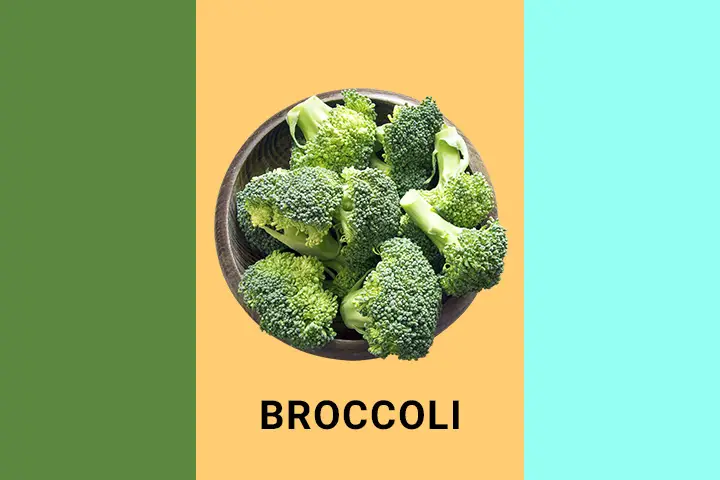
Broccoli is a nutritional powerhouse that’s packed with vitamins, minerals, and antioxidants. It’s also a good source of sulforaphane, a compound that has been shown to help reduce inflammation and pain in people with RA.
[ Recommended: Best Foods to Improve Digestion ]
4. Spinach
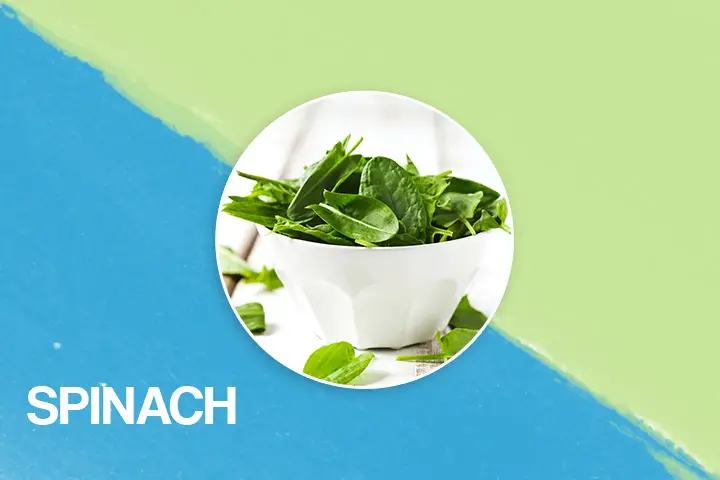
Spinach is another nutrient-rich food that’s high in sulforaphane. This leafy green vegetable is also a good source of vitamin C, an antioxidant that can help reduce inflammation.
[ Recommended: Best Foods For A Healthy Liver ]
5. Tomatoes

Tomatoes are rich in lycopene, an antioxidant that has been shown to help reduce inflammation and pain in people with RA. They’re also a good source of vitamins A and C, which are both antioxidants that can help protect your joints from damage.
6. Garlic
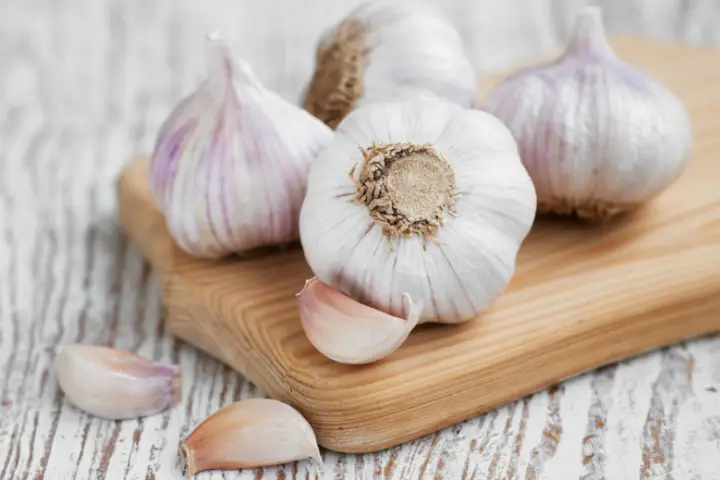
Garlic is a powerhouse ingredient that’s packed with nutrients like vitamins C and B6, manganese, and calcium. It’s also a good source of allicin, a compound that has potent anti-inflammatory properties.
7. Ginger

Ginger is another ingredient that’s known for its anti-inflammatory properties. In fact, research has shown that ginger can help reduce pain and stiffness in people with RA. It’s also a good source of vitamins C and B6, manganese, and magnesium.
8. Turmeric
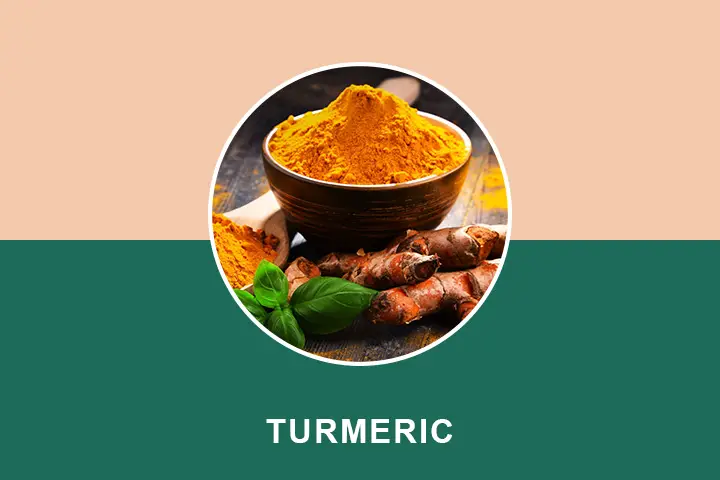
Turmeric is a spice that’s often used in Indian and Asian cuisine. It’s also been used for centuries in traditional medicine for its anti-inflammatory properties. Research has shown that curcumin, a compound found in turmeric, can help reduce pain and inflammation in people with RA.
9. Green Tea

Green tea is a popular beverage that’s rich in antioxidants. These potent compounds can help reduce inflammation and protect your joints from damage. One study even found that people who drank green tea had a lower risk of developing RA.
10. Bone Broth
Bone broth is a nutrient-rich food that’s made by simmering bones in water for an extended period of time. This slow cooking process allows the bone marrow and other nutrients to seep into the broth. Bone broth is a good source of collagen, a protein that helps keep your joints healthy. It’s also rich in minerals like calcium, phosphorus, and magnesium.
If you have RA, adding these seven foods to your diet may help ease your symptoms. Talk to your doctor or a registered dietitian if you’re not sure how to incorporate them into your meal plan.
Recommended Topics:
- How to Use Turmeric to Reduce Inflammation?
- 7 Essential Oils for Inflammation: How To Use Them
- How to Use Turmeric for Arthritis Pain?
- How Much Time It Takes To Digest Eggs
- 10 Healthy Foods to Gain Weight Fast
- 10 Best Foods For An Upset Stomach
- The 7 Best Essential Oils For Corns
- 10 Best Foods for IBS Symptoms
- 10 Foods High in Fatty Acids
